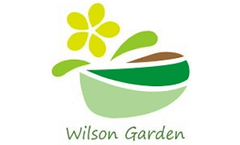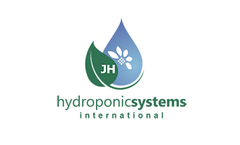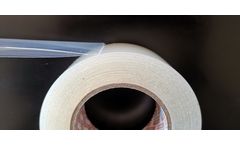Seedling Planting Articles & Analysis
18 articles found
Whether you are new to growing indoors or a seasoned professional, one thing is for certain – you can’t take your eye off the ball with pest control! One of the most common pests to plague our grow rooms are the white aphid. Secondary to those are black aphids, which are very similar. If you’ve not experienced an aphid attack yet then count yourself lucky. There is no surefire ...
Seedlings are planted from March to April in spring, or preferably from September to October in winter. ...
In these cases, Spacers provide all the benefits of aeration, elimination of humidity and spacing above leachates and this greatly fosters vigorous growth of the seedling. The uses to which our Spacers can be put in nurseries include strawberry seedlings. ...
In vegetable crops in particular, there are a number of tried and tested advantages to using our Spacers in hydroponic farming. They include providing a means of lifting the substrate away from the drainage stream whilst providing excellent aeration and avoiding a build-up of humidity below the substrate. These advantages have led to Spacers also being used with other applications and in ...
EFTE’s high levels of transparency across the whole PAR range allow you to create conditions that are particularly “plant friendly”. Around 90% of all greenhouses across the world are covered with film or plastic sheets. ...
Horticulture lighting research has been conducted on young plants (germination, seedlings, plugs and cuttings) for many years. Michigan State University published a series of articles in Greenhouse Grower (see references below) on bedding plant seedlings. ...
Plant seedlings received four concentrations of N (190, 240, 290 and 340 mg/L N) in laboratory-scale constructed wetlands every 4 days for a duration of 8 weeks. The solution volumes supplied to each container, amount of N recovered by plants and plant growth characteristics were measured throughout the experiment. ...
Keep seedlings safe Establish visual bird deterrents Implement sound machines Set up netting Repel birds with liquid bird repellent Tired of crows making a meal out of your corn? ...
This case study document shows the differences between vegetables grown with GWT Agro-Z zeolite soil medium and vegetables grown without this medium. Trials of seedling plants grown with the GWT Agro-Z medium have shown improvements in primary root development. ...
One reason was that busy and distracted villagers were paid for planting seedlings rather than for nurturing them thereafter. Many swiftly succumbed to the waves or to the wild boar, which came down from the hills after the tsunami to root around in the depopulated landscape. ...
Wielding steel hoedads, they have planted almost 110,000 tree seedlings on public land. What’s noteworthy about planting trees in a forest? Usually foresters plant seedlings grown from seeds harvested nearby, on the assumption that local genotypes are best suited to local conditions. ...
ByEnsia
A rice transplanter is a specialized transplanter widely used to plant rice seedlings in the paddy field. The machine can both improve the efficiency and quality of rice transplanting. ...
To identify molecular markers closely linked to Lr42, a segregating population of near-isogenic lines contrasting for the presence of Lr42 was developed in the hard winter wheat cultivar Century background and evaluated for rust infection type at both seedling and adult-plant stages. Simple sequence repeat (SSR) markers were screened using bulked-segregant ...
New cultivars, changes in technology and production practices, and climate change may have altered the optimal planting time for cotton (Gossypium hirsutum L.) in the midsouthern United States. ...
Sr40, a stem-rust-resistance gene from Triticum timopheevii ssp. armeniacum, was transferred to wheat on translocation chromosome T2BL/2G#2S and provides effective levels of seedling and adult plant resistance against Ug99. Two mapping populations were developed using Ug99-resistant line RL6088 and moderately susceptible to susceptible hard winter wheat cultivars ...
In field tests, the BC1F2 families segregated for a single gene for adult plant resistance that was independent of the seedling resistance. BC1F2 adult plants were inoculated in greenhouse tests with P. triticina races BBBD and THBJ, and resistant plants were selected and advanced by single-seed descent to produce BC1F4 lines. ...
Net-form net blotch isolates were more virulent than spot-form net blotch isolates. The strong agreement between seedling and adult-plant reactions indicated that seedling screening could be useful for selection for adult-plant resistance. ...
Planting is assisted by a Burkina Faso-based conservation organisation. A tree nursery has been established in the village of Silli using seeds provided by the National Centre for Forest Seeds, which is based in the country’s capital Ouagadougou. Seedlings are planted out in more than 30 villages within the Gabio forest when just four ...













